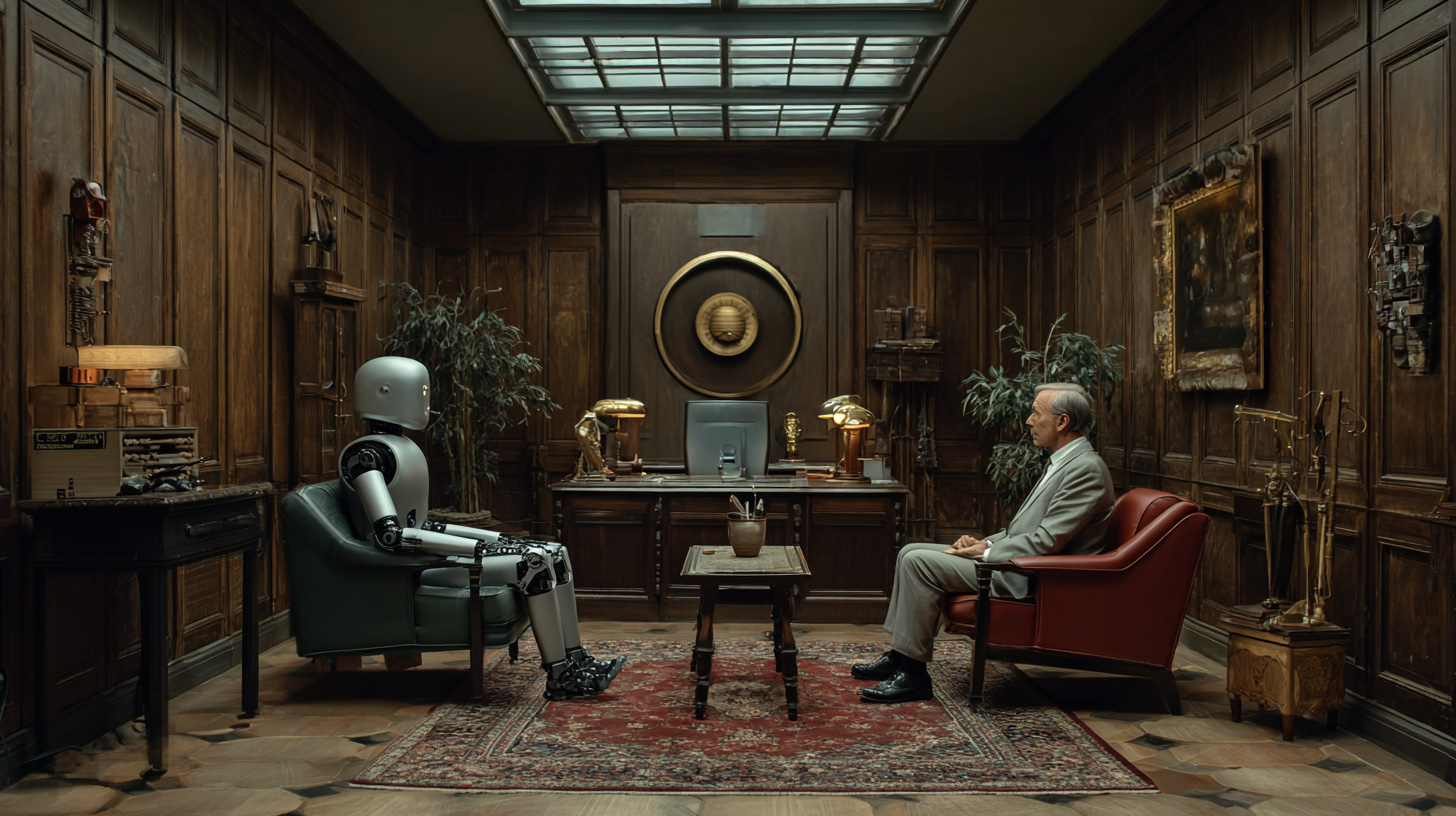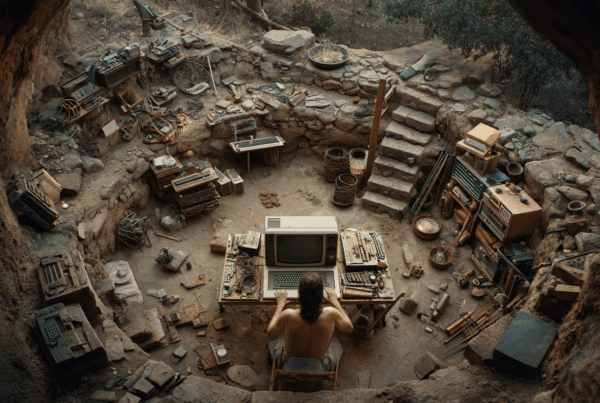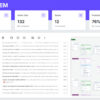We built an AI-powered workflow to enrich a spreadsheet with 10,000 contacts. In less than an hour, we had:
- Cleaned and completed missing contact info
- Researched individual profiles and their companies
- Generated summaries
- Created sharp personalized content ideas
- And… a tool that we could use over and over again.
Every step was automated.
The prompts were tight. We A/B tested Anthropic vs various OpenAI models. We added fallbacks for missing data and error handlers to keep things smooth. It ran like a Ferrari.
Then came the real question:
“What does it cost to run this?”
Every row costs money. Every API call, web scrape, LLM interaction. Pennies here, fractions there. Adds up.
Turns out, the automation cost about 3 cents per contact. $0.03 * 10,000 = $300.
Not outrageous. But real money.
Then Jake asked… “I wonder if my assistant could do this for a lot less…”
Hmm…
So we tested that too.
With a simple SOP and a decent assistant, we estimated:
- 3.5 hours of manual work
- $8/hour wage
- Total cost: $28
That’s a $272 difference. So why not just hire a human?
Speed, scale, and precision have a price. So does time, training, and management.
The decision framework: when to choose AI over people
It’s not always about cost. Here’s how to think about it:
1. Speed vs scale
Humans can work fast. AI can work instantly and infinitely. If you need to process 100 contacts a day, use a person. If it’s 100,000 tomorrow, AI wins.
2. Accuracy vs consistency
People bring nuance and judgment. AI brings consistency and tirelessness. If you want varied tone and human discretion, maybe manual is the way to go. If you need uniform output at scale, go AI.
3. Training vs prompting
Training people takes time. Prompting machines takes skill. One is ongoing overhead. The other is a fixed cost of setup. Which one do you want to invest in?
4. Cost over time
Yes, $28 is cheaper than $300.
But what happens when you run this process weekly? Monthly? The compounding cost of human labor adds up fast. AI becomes exponentially cheaper with repetition.
5. Risk and resilience
Humans make mistakes. AI makes different mistakes. Human error is random. AI error is often systematic. Which kind of failure are you better equipped to handle?
When AI wins
- High volume tasks
- Repetitive workflows
- Time-sensitive operations
- Uniform content or structure
- Projects where the cost of manual labor quickly compounds
When humans win
- Creative nuance
- Complex judgment
- Tasks requiring empathy or interpersonal skill
- Low volume or one-off projects
- Work that requires real-world context
The deeper truth: it’s not either/or
This isn’t a question of replacement. It’s a question of leverage.
AI should handle the heavy lifting. Humans should handle the edge cases.
The smartest companies aren’t choosing between AI or humans. They’re designing systems where each does what they do best.
The $300 question isn’t JUST about price.
Where do you need leverage?
And what’s the smartest way to get it?
Curious where the tipping point is in your business? Let’s talk.

















